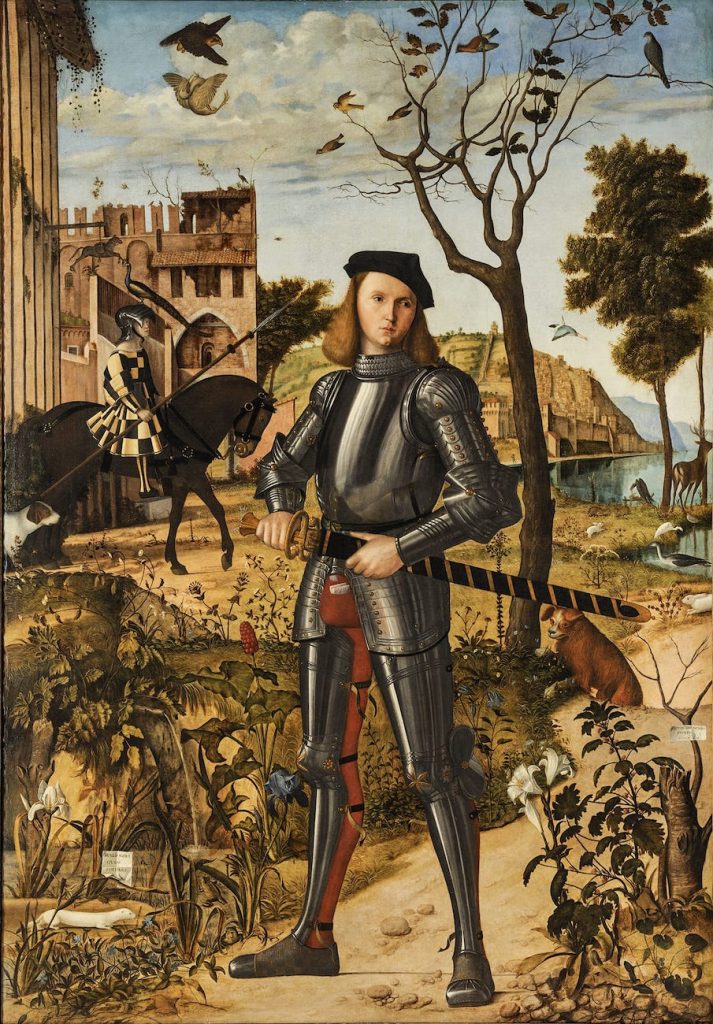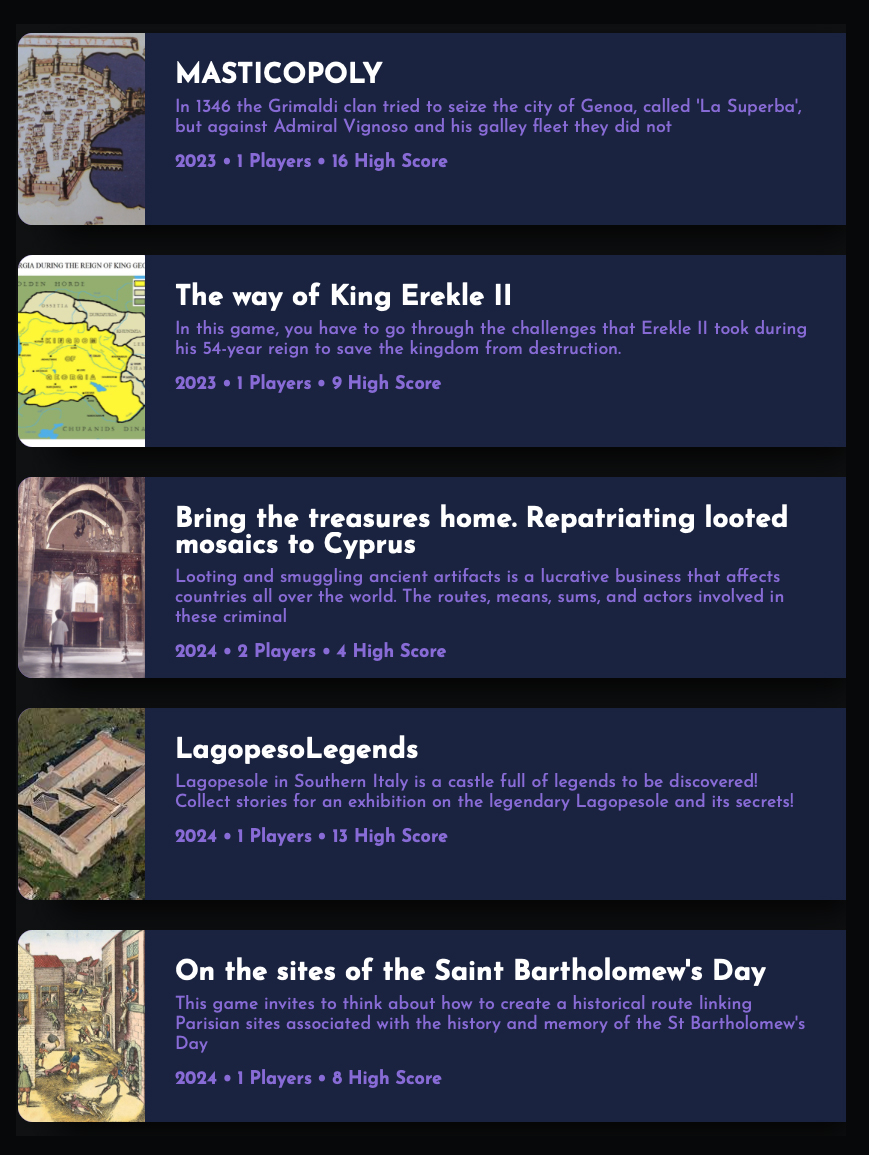what_we_play
What we play Serious Games
There are countless interpretations of Serious Games and numerous research papers that explore the various uses of this term. The definitions of Game and Play, and Gamification, are often misunderstood, so we will not provide any specific purpose. However, we do know that millions of people play Serious Games, Computer Games, Console Games, Board Games, and Games on Mobile Devices, each with its unique Universe. Despite their differences, they all have in common the concept of Game Play, the Hero’s Mission, Levels, Game Mechanics, Storytelling, and Rewards, and they all have the potential to teach you something.
Designing an effective educational game is a challenging feat. I recently read an article about a country in Africa where the price of a water bottle was raised from 20 francs to 25 francs. The sales immediately dropped, not because of the increased cost, but due to a shortage of 5 francs coins. This was a “Factor” that sellers should have considered but didn’t.
This raises the question: how can we design computer and mobile games that are practical educational tools within the constraints of teachers’ limited time slots and overwhelming curricula? How can these games contribute to education by teaching curricula content, values, critical thinking, new skills, and combatting bias, among other things? A game that merely teaches the school curriculum wastes time and money and will not be used once finished.
All previous questions are the “Factor” in education.
If teachers are not involved and the students don’t co-create the Game, you can add additional “Factors.” The list of “Factors” is extensive.
We carefully consider the different “Factors” involved in each Game, ensuring that they serve a purpose beyond just the curriculum and can be utilized in various situations.
The Grand Master Challenge
The Grand Master Challenge is a prime example of effective Cultural Heritage learning. This challenging Game will take you on an inner journey tailored to your values and leave you feeling fulfilled and accomplished. This game follows a narrative story in the city of the Knights, Rhodes.

Museum of Mistaken Emotions

The love expression museum
How the Museum works
- Read: You can read how people expressed their
- Love. Just click on the read button to get a collection of expressions. According Gary Chapman there are at least five ways to express love.
- Express your Love: When you click express, a dialogue box opens; tell the Museum how you express Love—text, photo and video. You can send it to anyone you wish, including the Universe.
- Receive Love from anyone.
Some people are willing to express Love to anyone. Now you can receive it anonymously; you do not know the sender, neither the sender knows you, but you get it.
Pretty safe environment. Love is:
- It is your love definition because
- Love is not only in the air or the kitchen.

The Antimafia Museum
The Antimafia Museum (The Migrant Every Country Wants to Have: Motion, Emotion, Imagination at the Joe Petrosino Museum in Padula, Italy – Dorothea Papathanasiou-Zuhrt and Aldo Di Russo)
The Joe Petrosino Museum is dedicated to telling stories and educating visitors on the realities of different mafia groups and the struggle against them. The Museum aims to promote legality and improve visitors’ abilities to understand semiotic codes and practice good citizenship. The Museum features four rooms, each displaying the evolution of different mafia groups, including the American Cosa Nostra, the Mafia and Anti-Mafia, the Camorra and Anti-Camorra, and Venti Liberi (Freedom), dedicated to the first 20 years of the Anti-Mafia movement. Each room includes short videos reconstructed from historical chronicles. The Museum also features a composite technology film, featuring four scenes where Petrosino meets with characters representing the Mafia mentality and the Anti-Mafia spirit. The Museum’s conceptual map includes Fear, Courage, Connivance, and Freedom themes.

Games in the Mobile platform
Pact4Skills project games
Tackling the challenges of the European Education Area by building resilient, inclusive and forward-looking training to upskill HED students face the transformations in digital culture with new e-skills, intercultural and entrepreneurial competences.
Tourbine project games
Most cities are designed by urban planners and architects, who leave their footprint through multiple buildings that become iconic pieces of cultural heritage. From ancient times, tangible and intangible heritage has existed that can be transformed into a Game. The Tourbine project's question is, "What if citizens can play games based on Heritage stories in the form of emotions?" Then, we could create thematic maps, seeing the city from a different angle and bringing to light muted voices
Heritage for Growth project games
Heritage4Growth (Heritage for Growth) helps establish a new paradigm for upskilled pathways in entrepreneurial education by addressing the changing nature of ICT, with multiple users interacting with multiple technologies. Boosting green skills considering the 17 SDG and the EU Green Deal



